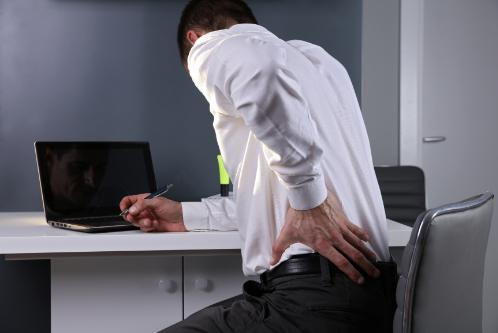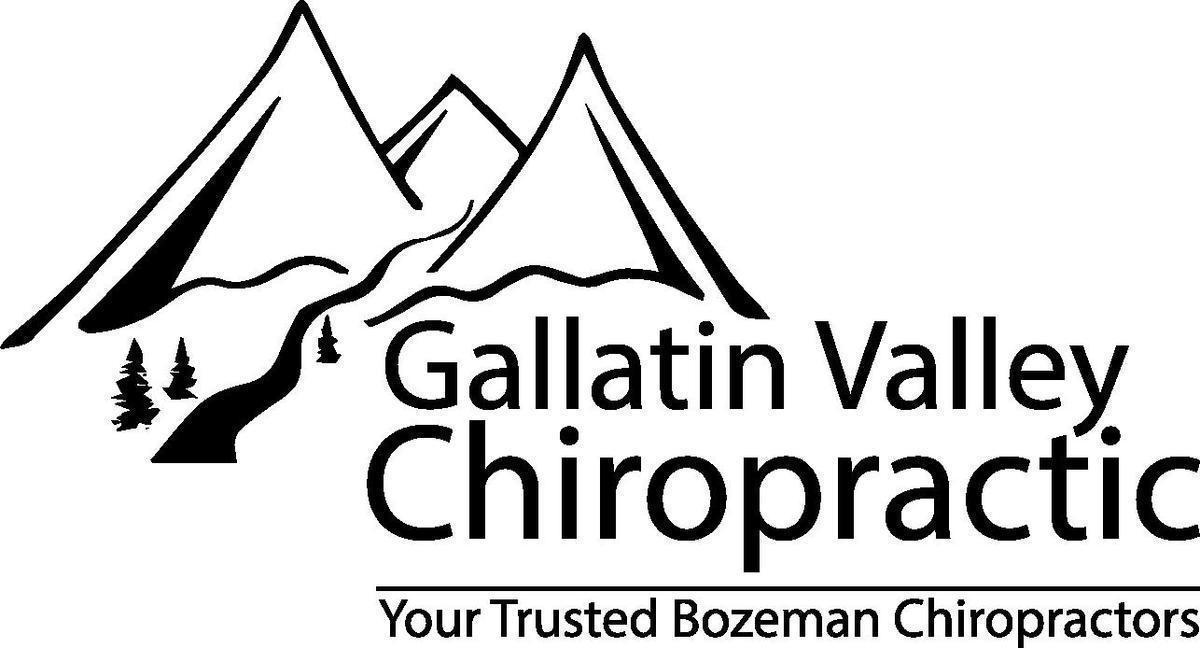Forward bending while lifting is always a bad idea... Fact or Fiction
posted: Mar. 03, 2018.


Forward Bending while Lifting is Always a Bad Idea... Fact or Fiction
It has been told that forward bending with a rounded low back is a recipe for disaster. People that visit the doctor with low back pain often share stories of how they were lifting or just standing up and experienced the onset of symptoms. While this is true, forward bending can often result in injury, this does not mean that forward bending should be to blame or should be completely excluded from your exercise!
blame or should be completely excluded from your exercise!
Forward bending and often times twisting with a rounded spine is a common mechanism of injury for the low back ligaments, muscles and joints, the forward bending motion with a rounded low back is known to add a lot of shear and pressure to the lumbar discs. To visualize this, bending and twisting motion, imagine picking up a pencil off the floor with your right hand when the pencil is to the left of your left foot.
The force exerted on the spine in a forward bent position is high, and when we are not conditioned for it, and our core stabilization muscles are not engaged, all of the force loaded onto the ligaments and small muscles of the spine, can result in injury.
BUT, does this mean you can always blame flexion based activities that resulted in injury on the flexion? Actually no, it is most likely due to a load tolerance issue that was exposed!
As health care providers, we frequently instruct people how to safely lift or stand up in a manner that protects the spine; often used for people prone to disc injuries or are still in the acute phases of healing. The common cues are:
- Bend in the hips (in a hinging motion)
- Bend the knees
- Engage your latissimus dorsi
- Lift with your legs
- Core engaged
- The force exerted on the spine in a forward bent position is high and when our low back and core stabilization muscles are not engaged, all of the force is loaded onto the ligaments and small muscles of the spine
- Chest forward on the way up
Conditioning Matters, Don't be Fearful of Movement.
Research shows that if you are not conditioned for it, flexion based activity can lead to low back muscle laxity, muscle spasms, and decreased stability during or immediately after these types of activity. There can even be significant inflammation, tissue degradation, muscle tension and injury to the low back if not conditioned for the activity at hand.
The key word here is conditioned, and is an important concept to understand. One characteristic of a healthy spine is multidirectional mobility. Although the lumbar spines vertebrae are shaped in a way that are designed to only flex and extend classifying it as a stable region, that does not mean that the musculature and connective tissue should not be able to flex (bend forward) as well. You should be cleared from your physician before beginning these exercises. This progression should begin very light and controlled and slowly worked up.
When you begin to get into exercise progressions to improve flexion tissue tolerance, there are some key points to remember to ensure it is performed in a safe and effective manner.
- Start light!
- Listen to your body, you don't want to be overly sore
- Give your body time to adapt
- Only go to what is comfortable
- Pain does not always mean stop, consult your physician
- If you feel shooting pains down the leg STOP
- If you are prone to disc injuries consult your physician
As physicians who want to help people move better in life, we don't want to tell them to never bend their back, that simply isn't how life works. Also doing so can encourage movement avoidance leading to increased regional stiffness, potentially leading to injury when life calls them to bend their back. If you have questions, concerns or would like to discuss exercises and treatment reach out to any one of our amazing doctors.
406-551-2177
 Schedule online at: https://appointments.mychirotouch.com/?clinic=GVCL0001
Schedule online at: https://appointments.mychirotouch.com/?clinic=GVCL0001